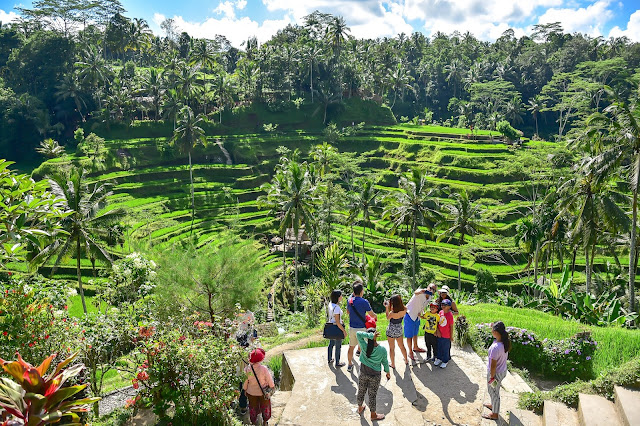Also known
as Pura Luhur Uluwatu (Luhur refers to ‘something divine’), Uluwatu Temple is
one of the nine directional temples in Bali and one of the best ones on the whole island as it is located atop the steep mountain which is around 70m above
the sea level.
Uluwatu
Temple has a great architecture with a palm-fringed roof. Uluwatu Temple is well
regarded for its prime location, which seems to be between earth and heaven.
The inner sanctum is located at the edge of cliffs towering over the iconic
surf breaks by the south. From both the southern and northern parts of the region,
you can experience serene views from two vantage points.
History
As per the
inscriptions in Uluwatu Temple, it was instigated by a Majapahit monk, Mpu
Kulturen, who also established other major temples like Pura Sakenan, Denpasar,
around 1000 years ago. The remains on the site show that the temple is made of
stones which date back to over 10th century, as per the reports of
the Archeological Survey of India.
Dhang Hyang
Dwijendra, a holy priest of Java finally worshipped in Uluwatu Temple to end
his spiritual journey. According to Hindu devotees in Bali, he climbed the
highest point of oneness with deities and vanished permanently. Legends had it
that he designed Uluwatu Temple and various other temples like Sumbawa and
Lombok in Bali.
Pura Luhur
Uluwatu was not easy to access until 1983. In 1993, some parts of the temple
were set on fire by the lightning. The temple had been restored since then.
Key Features and Highlights
There is a brahmin statue behind the major shrine in the Uluwatu Temple courtyards facing
the Indian Ocean. It is well regarded to represent Dhang Hyang Dwijendra. There
are split gates in two entryways of the temple as well as flower carvings. There
are a few sculptures in front of them shaped like the body of a human with an elephant’s head.
There is a
winged stone gate which dates back to the 10th century by the inner
courtyard of the temple. You cannot find winged gates like this on the island.
Pura Dalem
Jurit has three statues and one of them is of Lord Brahma, which dates back to
16th century. In the temple, it has two stone troughs which form a
Megalithic coffin, if they were joined.
In the
parking area in front of the temple’s gate, there are public facilities available
like souvenir shops, food stalls, car parks, and public toilets.
Timings and Entry Fees
You need to
pay an entry fee of IDR 50,000 per person for adults and IDR 30,000 per person for
child to enter the temple. Timings are from 09:00 to 18:00 Hrs. The temple
remains open 24x7 for prayers.
If you are
going for the Bali city tour, you can
choose the best Bali DMC in India to
have the best experience and avoid hassles of traveling. Book Bali holiday package now and get the best deals.



